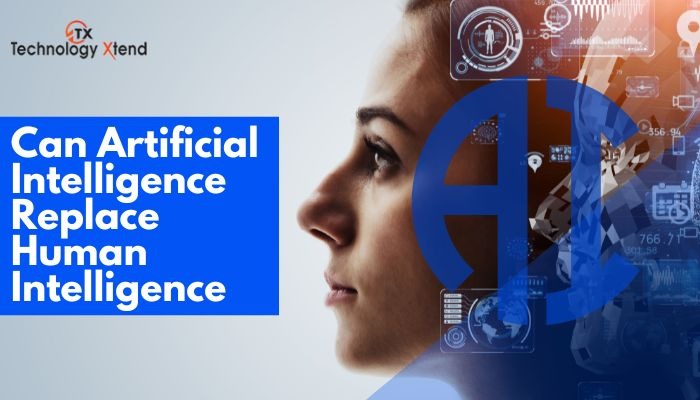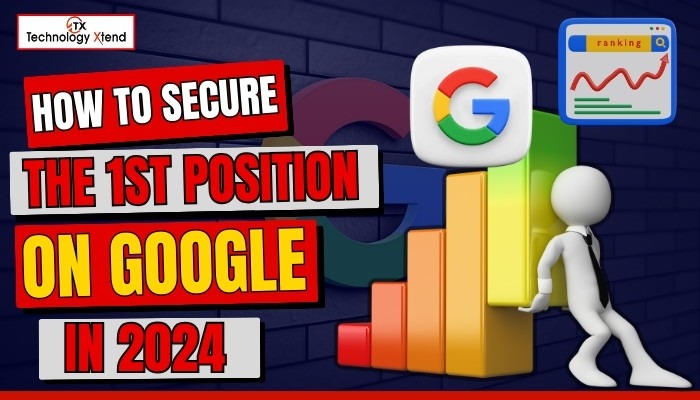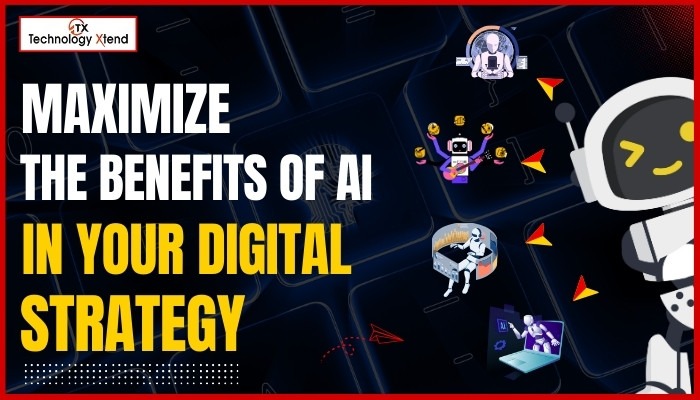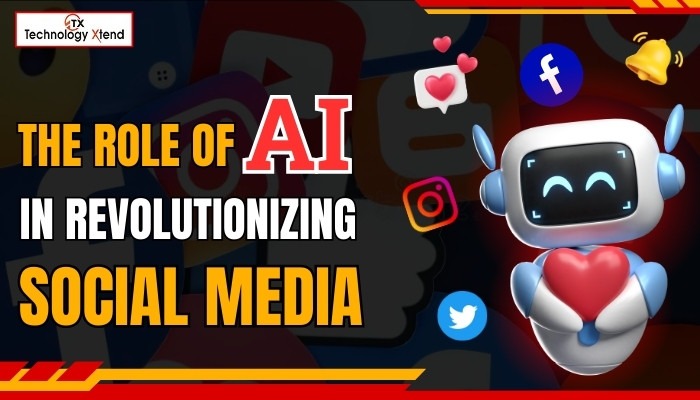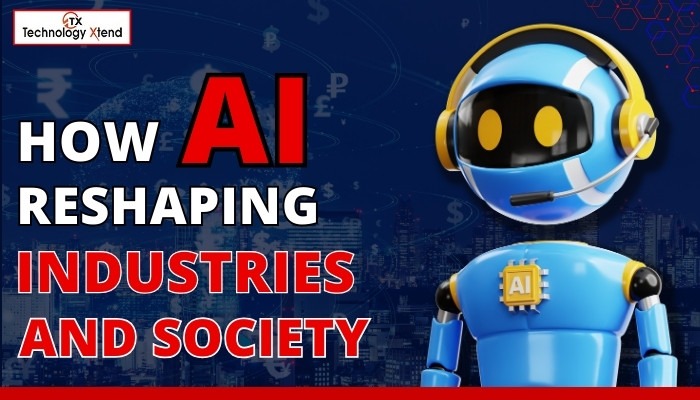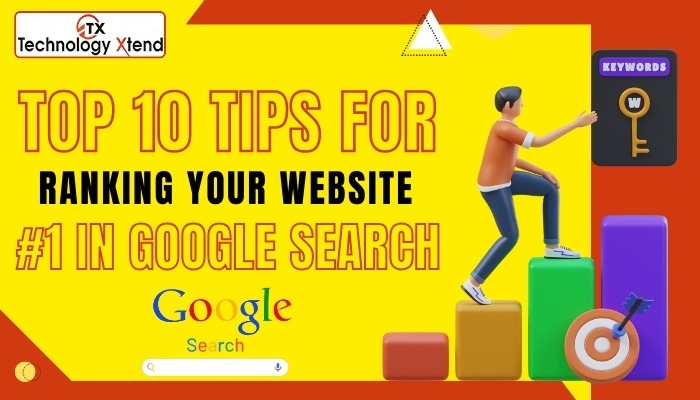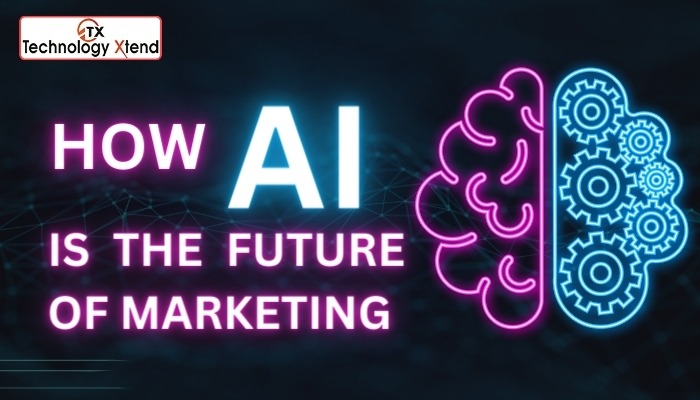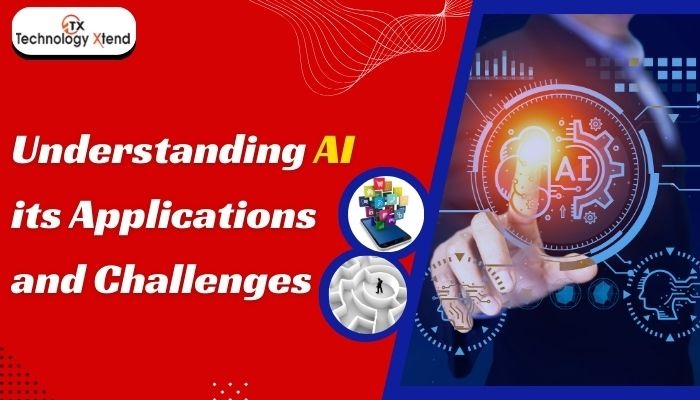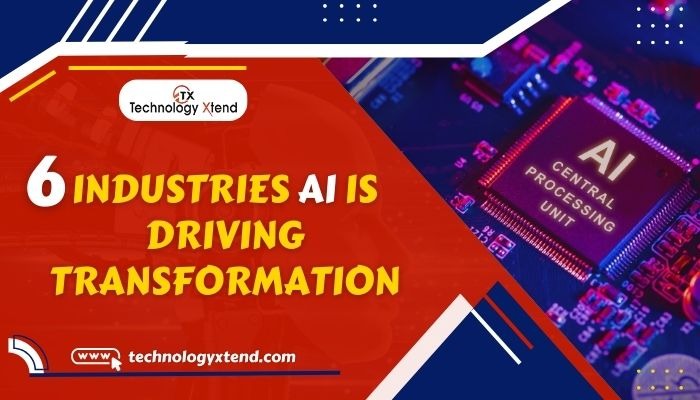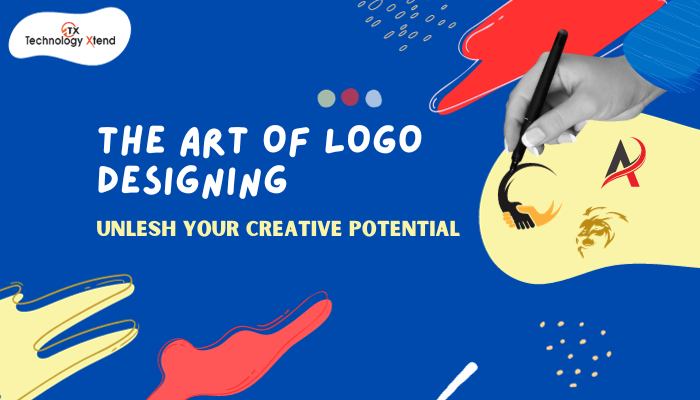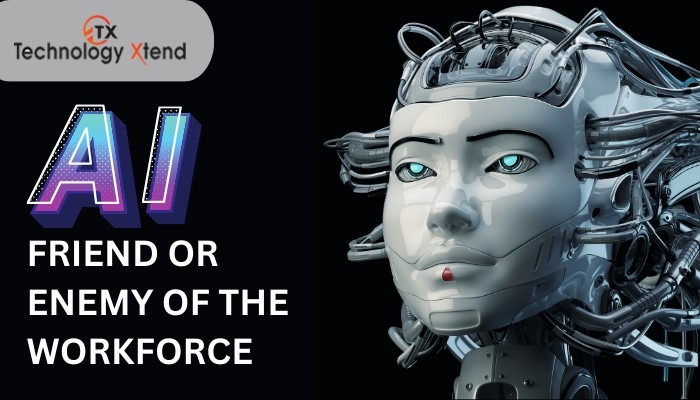
Technology XtendAI: Friend or Foe of the Workforce?
Is AI the ultimate savior or a looming threat to job security? Delve into the debate with our in-depth analysis.
Table of Contents
In an age defined by rapid technological advancements, artificial intelligence (AI) has emerged as a transformative force, reshaping various aspects of our lives, including the world of work. As AI technologies continue to evolve and permeate industries, there is a growing debate regarding its impact on the workforce. Some argue that AI is a friend, a powerful tool that enhances productivity, efficiency, and innovation, ultimately improving job prospects and quality of work. On the other hand, doubters perceive AI as a foe, a looming threat that poses risks of job displacement, reduced human agency, and socioeconomic inequality. In this blog, we will explore the multifaceted relationship between AI and the workforce, delving into the potential benefits, challenges, and ethical considerations surrounding its integration. By examining real-world examples and considering expert insights, we aim to shed light on the complex dynamics at play and offer a nuanced perspective on whether AI is a friend or foe to the workforce.
Also Read :- Artificial Intelligence: A Beginner’s Guide to Understanding AI
The Potential of AI in Job Creation
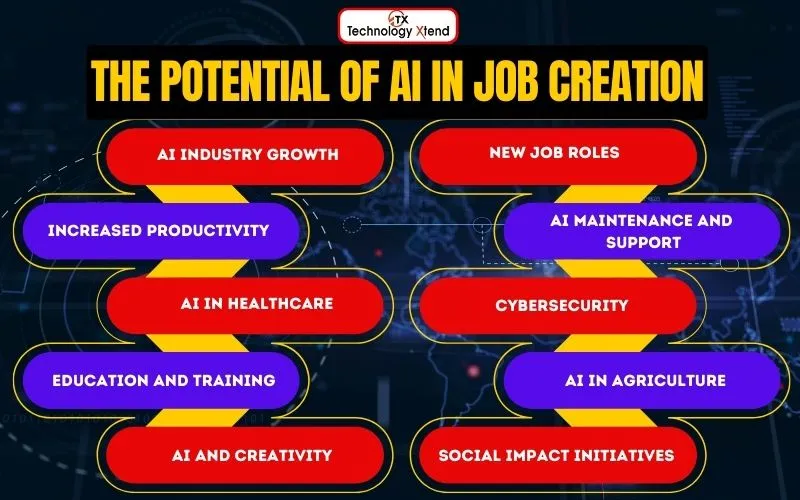
One of the main benefits of AI is the possibility of freeing up employees from repetitive and mundane tasks and creating space for more innovative work. By reducing employee workload, AI can enhance the productivity and efficiency of a business. This efficiency means that businesses can take on more work, prompting new job opportunities in areas that previously weren’t sustainable.
Additionally, advancements in AI technology can also create new industries that were not feasible in the past. In the entertainment industry, for example, AI is used to write screenplays and scripts, resulting in movies that are more focused, entertaining, and unique. In the healthcare sector, AI assists in the development of more personalized treatment plans based on vast amounts of data sets. There are also several AI technologies that have already created new jobs, such as expert systems that help human professionals make better decisions and virtual assistants who support business operations, scheduling, and customer services. Moreover, chatbots and natural language processing (NLP) are in high demand, creating customer service and UX-related new positions in sales and tech.
The Threat of AI in Job Destruction
The fear of AI job elimination is not unfounded. Many tasks traditionally done by humans, such as manual labor, are being replaced by machines and robots. Many companies are also looking to automate more complex and specialized roles, such as data analysis, administration, and customer support. AI can do these jobs faster, cheaper, and with greater accuracy; hence, the need for human capital is reduced.
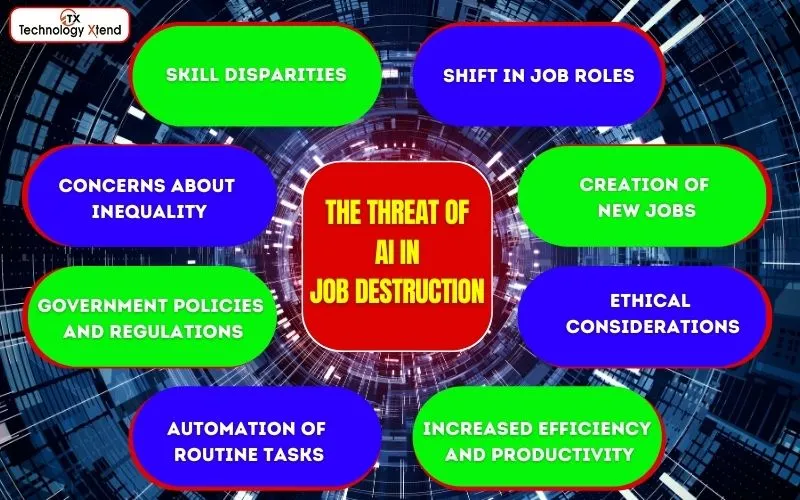
Furthermore, AI algorithms can replace specialized positions such as radiologists and financial advisors since they can perform the same tasks more accurately and efficiently. Customer service is another sector that AI is taking over; automated telephone systems and online chatbots are already prevalent in many companies.
Finally, the rationale behind applying AI is also cost-cutting; hence, some companies ignore ethical considerations, ultimately pushing professionals out of the job market. For example, some bank and insurance companies are replacing human workers with AI systems and machine learning algorithms that have a bias towards white males, thus forcing female professionals to the periphery of the job market.
The Need for Upskilling and Reskilling
AI adoption is inevitable, and with this transition come new requirements for skills, knowledge, and experiences. Companies must look into the future and prepare their employees with skills that will be relevant in the AI era. The need for constant upskilling and reskilling of individuals will be one of the most significant considerations for human resources departments in the next decade.
Integrating AI operations also means that the workforce will need a different set of skills to perform adequately in the workplace. It is no longer sufficient to have only technical skills; soft skills such as creativity, emotional intelligence, problem-solving, and adaptable thinking will be fundamental. These skills will enable employees to work collaboratively with AI, leveraging the machines where they can't replace human abilities.
Fortunately, many companies understand the importance of investing in employee training programs to prepare for the impact of AI. Google, for example, rolled out its Google Digital Garage initiative, providing online skills training to individuals looking to upskill or reskill. Amazon found solutions in Amazon Web Services, which provides cloud training, certification, and case studies for businesses.
Conclusion
AI is disrupting the way the world works, and with this impact comes specific advantages and disadvantages in terms of employment. While there is potential for AI to create new job opportunities, it is essential to note that the technology can also terminate some job positions. Upskilling and reskilling of the workforce will be necessary to adapt to the requirements of the job market in the AI era.
Therefore, a careful balance between the potential benefits and potential negative impacts of AI must be maintained. Companies and organizations need to ensure that they adopt AI in an ethical and responsible manner that advances human progress instead of risking the jobs of many. Through a collaborative approach, the potential of AI in employment can be maximized while mitigating associated risks.
Related Articles



